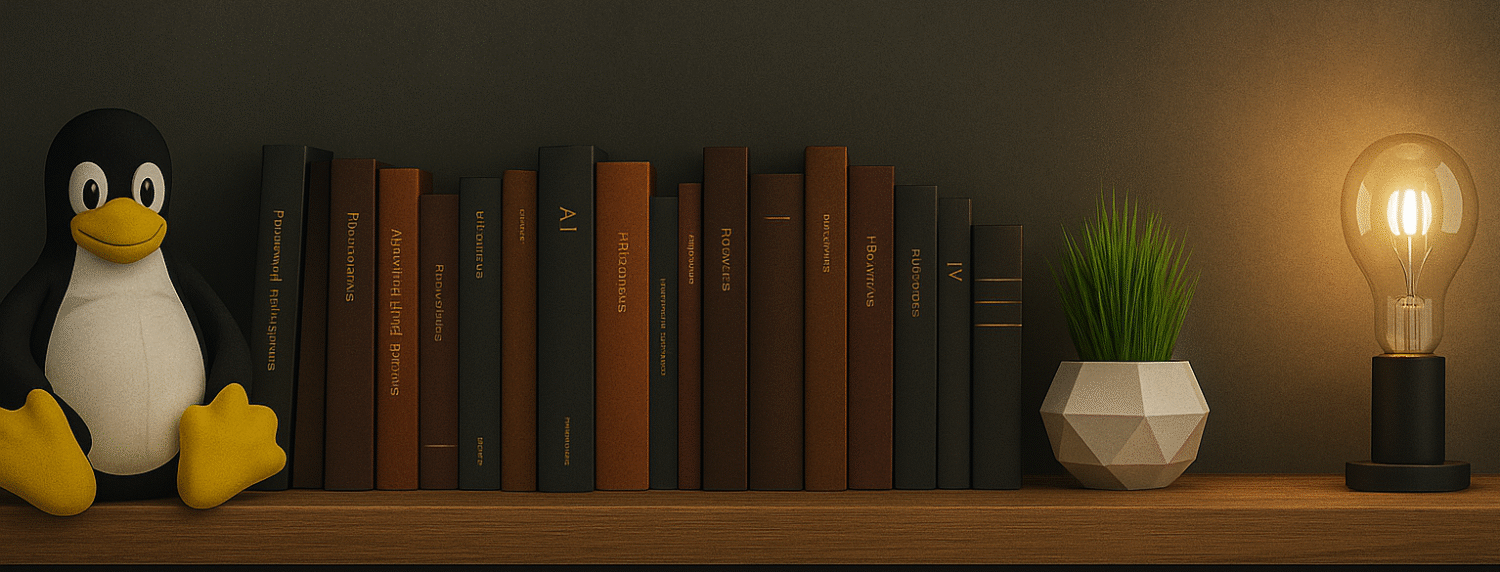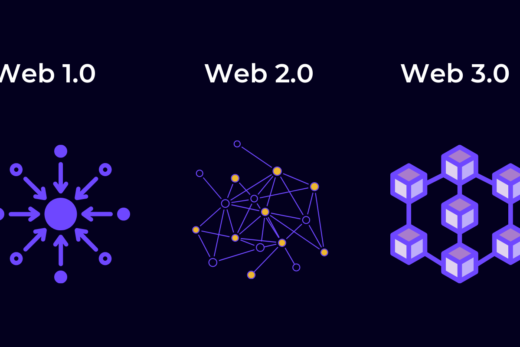Friction is a fundamental force that exists in the physical world and is responsible for many everyday phenomena. It arises whenever two surfaces come into contact with one another and is the reason why objects don’t just slide or slip around uncontrollably. Friction is a complex phenomenon that arises from the interaction of various factors, including surface roughness, temperature, and the nature of the materials involved.

One of the most important aspects of friction is that it opposes motion between surfaces. When an object is placed on a surface, the force of gravity acting on it will tend to make it slide or slip. However, the frictional force between the object and the surface will act to counteract this motion, preventing the object from moving. This can be seen in everyday examples, such as trying to push a heavy box across the floor or walking on a slippery surface.
The amount of friction between two surfaces depends on a variety of factors, including the materials they are made of, the roughness of their surfaces, and the amount of force pressing them together. For example, rougher surfaces tend to produce more friction than smoother ones, while materials with higher coefficients of friction (such as rubber) will produce more friction than those with lower coefficients (such as ice).
Friction also plays an important role in many areas of science and engineering. It is a key consideration in the design of machines and devices, where reducing friction can improve efficiency and performance. For example, in a car engine, reducing friction between moving parts can lead to improved fuel efficiency and reduced wear and tear on the engine.
At the same time, friction can also be a source of energy loss, converting mechanical energy into heat. This can be seen in the way that car brakes work, where friction between the brake pads and the wheels is used to slow the vehicle down but also produces heat that must be dissipated.
In conclusion, friction is a fundamental force that plays a crucial role in our everyday lives, from allowing us to walk and grip objects to affecting the performance of machines and devices. Its complex nature and interactions with other physical phenomena make it a fascinating area of study and research, with applications across a wide range of fields.










